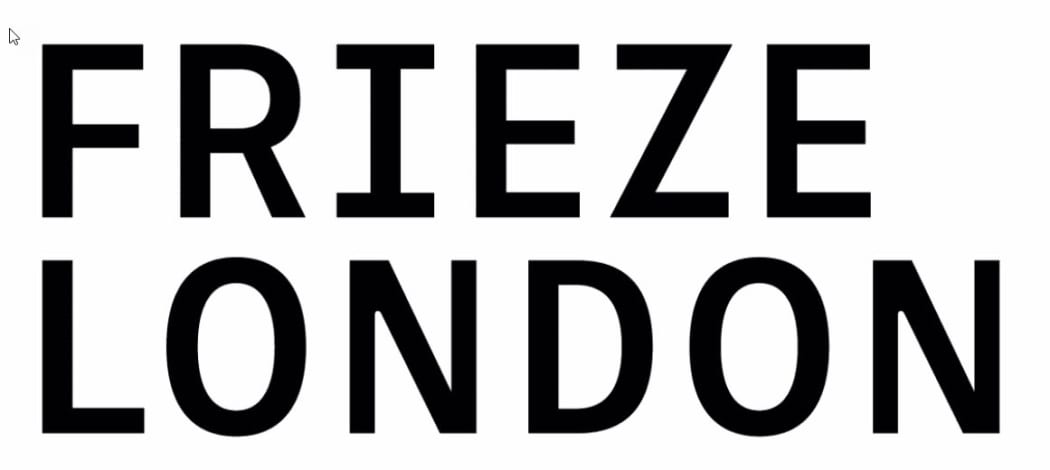
The Frieze art fair celebrated its 20th anniversary in London's Regent's Park from October 11 to 15, 2023, with an atmosphere of heightened excitement and focus among early-bird attendees. This year, the event's signature white tent provided a smooth entry experience, a welcome contrast to the overcrowding issues reported in the previous year.
Notable figures were granted early access as VIPs, although the guest list for the prime slot appeared more exclusive, leaning towards serious players in the art world who were prepared to make significant purchases. Distinguished names such as American collectors Don and Mera Rubell, Swiss mega-collector Uli Sigg, Italian Patrizia Sandretto Re Rebaudengo, Belgian Alain Servais, and local supporters Paul Ettlinger and Irene Panagopoulos were in attendance. All expressed their appreciation for the fair's improved organisation.
As the day progressed, the tent gradually filled with stylishly dressed art enthusiasts, creating a vibrant atmosphere. Although our Prime Minister Rishi Sunak, also a known art collector, was absent, he recently hosted a group of UK arts leaders at 10 Downing Street, a symbolic gesture supporting the country's art market. However, he provided little assurance that the government, which has reduced public funding for the arts, would change its approach.
The Frieze week holds significant importance as the initial warm-up for the art season, acting as a barometer for the forthcoming November sales in New York, whilst London kicks-off proceedings with numerous day and evening sales at all the major auction houses. After two years of surging prices and frenetic market activity, this summer witnessed a slowdown. Following tepid auctions in Hong Kong, stakeholders are closely observing each other's actions this week.
Thaddaeus Ropac expressed a positive outlook to ArtNet and the Art Newspaper, describing the current period as a "soft landing" following the exceptional past few years. He welcomed the slower decision-making process, believing it fosters a better climate for discussions without the pressure and rush experienced in previous years. I happen to agree with this outlook whole-heartedly. Taking time and engaging with each of our clients is something we pride ourselves at Andipa. Seems we are in good company.
Despite the challenges posed by Brexit, Covid, inflation, a weakening pound, rising interest rates, and increasing competition from Paris, Frieze managed to generate excitement for its anniversary. This was evident in the participation of 166 galleries this year, marking a significant increase from the previous year. Stakeholders remain determined to counteract any prevailing market pessimism in London.
Some experts are adopting a pragmatic perspective, noting that London's attractive exchange rate makes it an appealing destination for Americans and others who operate in U.S. dollars. However, concerns persist about the potential impact of macroeconomic factors and unfolding geopolitical events in the Middle East on the buying behavior of art enthusiasts.
On the occasion of its 20th anniversary edition, Frieze's organisers left many wondering whether the fair would harken back to its experimental roots. In 2003, the Wrong Gallery famously displayed an empty booth, featuring a challenging "constructed situation" by Tino Sehgal, and Paola Pivi invited visitors to roll down a grassy slope. However, this year, there were few avant-garde presentations and a noticeable prevalence of paintings, reflecting a cautious approach during an economic downturn.
Contrary to recent trends where emerging artists were sidelined during economic uncertainty, there was a sustained demand for new and contemporary art. Gallerists and advisors attributed this to the interests of a new generation of collectors, and, I would add, keener price points.
By garnering information from various sources and publications, it is evident the majority of sales taking place were sub-£150,000 GBP, and mostly between £15,000 to £50,000 GBP. Acknowledging the broader market slowdown, most dealers acknowledges there was still considerable activity.
Many top galleries chose to showcase their marquee artists at Frieze Masters, leading to reported lower top prices compared to the previous year. However, there were still notable sales, with several works exceeding $1 million on opening day. Galleries like Ropac, Goodman Gallery, White Cube, and Hufkens reported significant sales.
While the market exhibited a softer tone, it was not characterised by a lack of sales. Instead, it offered increased access to rare artworks, more negotiation flexibility, and a stabilisation of prices that had previously been on a steep incline. Overall, the opening day results were brighter than anticipated indicating that the market is returning to some basics, including collectors buying art they enjoy and not simply cashing in on paintings and sculptures as a currency.
For friendly and honest advise on buying art please contact Andipa on +44 (0)20 7581 1244 or sales@andipa.com.